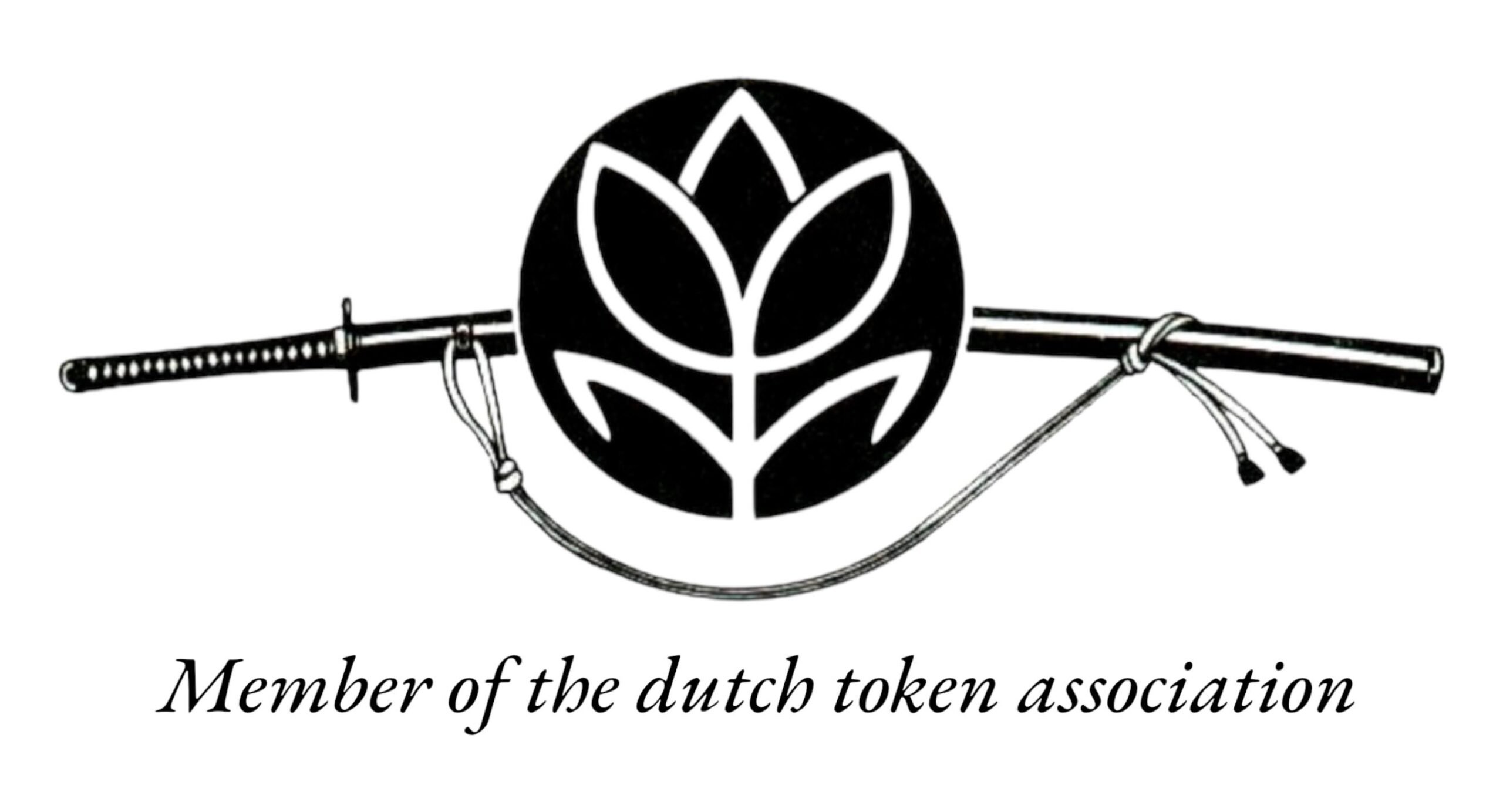Is It Possible to Live in Japan Without Speaking Japanese?
Living in Japan without speaking Japanese is possible—but it comes with limits. In major cities like Tokyo, Yokohama, and Osaka, life has become more accessible to non-Japanese speakers. Many signs, menus, and essential services now include English, and technology bridges many gaps. Translation apps, digital maps, and on-demand ride services make everyday tasks less daunting. As the expat community grows, so do international neighborhoods, schools, and businesses, offering a sense of belonging for newcomers.
Still, the absence of Japanese knowledge can lead to isolation, especially in smaller towns or traditional neighborhoods where English is rare. Everyday bureaucracy—banking, healthcare, residency paperwork—often requires Japanese ability, leaving you reliant on luck, patience, or the kindness of others.
Opportunities still abound. Many foreigners build fulfilling lives here while learning the language gradually. Sincere effort counts. Even a few words or attempts at Japanese make a difference. Remember: the language is a door, not a wall. You can get by without it, but with it, Japan reveals itself more generously.
Essential Japanese for Daily Life
Fluency isn’t needed from day one, but a basic grasp of Japanese makes life noticeably easier. Focus on the essentials rather than perfection. For shopping, knowing numbers, basic food terms, and polite phrases like “kore kudasai” (this one, please) or “ikura desu ka?” (how much is it?) helps immensely. Recognize simple words such as “yasui” (cheap) and “takai” (expensive) to make smart purchasing decisions.
Navigating public transportation becomes simpler with key vocabulary. Learn the names of stations, and words like “norikae” (transfer), “ikimasu” (go), and “orimasu” (get off). Machines often include English menus, but station signs remain largely in Japanese. Words like “basu” (bus), “densha” (train), and “jikokuhyō” (schedule) are especially helpful.
For emergencies, have phrases ready: “Tasukete kudasai” (please help me) and “byōin wa doko desu ka?” (where is the hospital?). It’s a good idea to carry a card with your blood type and allergies written in Japanese.
You don’t need perfect grammar. Memorize common phrases and use body language. Listen attentively, be polite, and start small. Let practice shape your progress. Show respect, act thoughtfully, and live with awareness—these are the true essentials of daily life in Japan.
Essential Japanese Phrases for Everyday Situations
A few well-chosen words can open doors and help you connect more meaningfully. Here are simple phrases to guide your daily interactions:
- おはようございます (Ohayou gozaimasu) – Good morning
Use until around 10 a.m. to start your day with politeness. - こんにちは (Konnichiwa) – Hello / Good afternoon
A standard greeting from late morning to dusk. - こんばんは (Konbanwa) – Good evening
For use after sunset. - はい / いいえ (Hai / Iie) – Yes / No
Directly communicate agreement or refusal. - お願いします (Onegaishimasu) – Please
A versatile request, always polite. - ありがとうございます (Arigatou gozaimasu) – Thank you
The formal way to express gratitude; “arigatou” on its own for friends. - すみません (Sumimasen) – Excuse me / I’m sorry
Useful to apologize, get attention, or show consideration. - わかりません (Wakarimasen) – I don’t understand
Clearly voices confusion or need for clarification. - 英語を話せますか? (Eigo o hanasemasu ka?) – Do you speak English?
A respectful way to seek communication in English. - どこですか? (Doko desu ka?) – Where is it?
Add a noun for specifics, e.g., “トイレはどこですか?” for “Where is the bathroom?”
Speak each phrase with sincerity. Even small efforts in language can foster goodwill and connection.
How to Start Learning Japanese: Small Steps Matter
Learning Japanese is a long journey, but it doesn’t have to be overwhelming. Start by identifying your motivation: Is it for travel, work, hobbies, or making friends? With purpose comes clarity. Set achievable goals—learn a new word each day, spend ten minutes listening to Japanese, write a single sentence. Remember, consistency matters more than volume.
Treat your practice as a daily habit, like morning tea or evening stretches. Use resources that suit your pace—a helpful app, a trusted textbook, or a simple notebook. There will be setbacks but returning with calm resolve is part of the process. The path to learning is steady and honest. With small but regular efforts, the language slowly becomes part of you.
Understanding Non-Verbal Communication in Japan
In Japan, communication goes beyond spoken words. Non-verbal cues are deeply significant. A bow, for instance, conveys greeting, gratitude, or apology. The angle and timing of the bow matter—deep bows for serious emotions, shallow bows for everyday interactions.
Eye contact is also nuanced. Too much may seem intrusive, while a gentle, downward gaze signals respect. Maintain straight posture and attentiveness, as calm presence is valued. Respect personal space—standing too close can feel uncomfortable.
Gestures should be subtle. Point with an open hand, not a finger, and avoid excessive movements. Silence, too, is a vital part of communication, allowing room for thought and showing respect for others’ words. Understanding and echoing these non-verbal signals shows awareness and helps you fit smoothly into Japanese society.
Using Technology to Bridge the Language Gap
Language barriers can feel intimidating, but technology helps bridge the gap. Translation apps like Google Translate or DeepL make it possible to ask questions, order food, or request help, even without Japanese skills. These tools are fast and increasingly accurate. Language-learning apps like Duolingo, Rosetta Stone, or Babbel provide structured lessons, and flashcard platforms such as Anki reinforce vocabulary in small, manageable doses.
Using these technologies encourages curiosity and builds confidence. However, avoid over-reliance: instant translation can miss nuances, and dependence on digital prompts can limit genuine learning. Instead, use tech as a support. A phrase spoken from memory builds more trust and connection than one read from a screen. In language, like in life, authentic growth comes through practice.
Why Effort and Presence Matter More Than Perfection
Learning Japanese is not about flawless grammar or native-level fluency. It’s about showing up—with presence and intention. When you make an effort, even if imperfect, people notice and appreciate it. A simple greeting, a thoughtful phrase, or a sincere apology demonstrates commitment and builds trust.
Small acts—a shared hello, a respectful bow—turn acquaintances into allies. The journey to language is a journey to connection. You might never be fully fluent, and that’s perfectly fine. The act of trying, of caring enough to learn, is what bridges cultural divides and opens hearts. Through this, Japanese becomes more than a subject of study; it transforms into a living bridge between you and your community.
Embracing the Language Journey in Japan
In Japan, language learning is a path, not a pass-or-fail test. You don’t need to master every detail to build meaningful connections. Presence, curiosity, and respect matter most. A single word spoken with genuine care can cross great distances.
Find your own approach—take it slow or dive deep. What matters is your willingness to listen, to try, and to be present. Even silence, when thoughtful, communicates. Respect opens doors, and curiosity keeps them open. The goal is not mastery, but meaningful participation. Show up, make an effort, and let each experience shape your unique journey in Japan.





